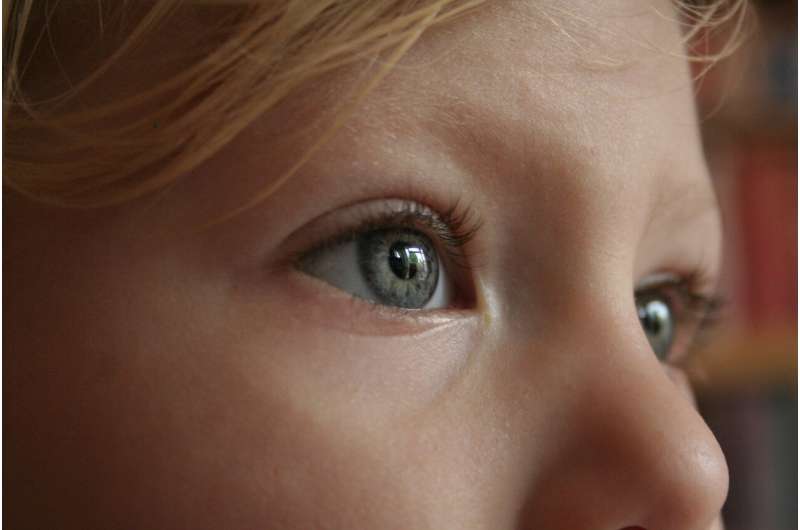Epilepsy in children: Symptoms, causes and treatment


Epilepsy, also known as seizure disorder, is common, and there are many types. About one in 26 people in the U.S. will develop the disease in their lifetime. It affects people of all races, ethnic backgrounds and ages. Anyone can develop epilepsy.
Epilepsy is a brain disorder that causes recurring seizures. Having a single seizure doesn’t mean you have epilepsy. Epilepsy is diagnosed if you’ve had at least two unprovoked seizures at least 24 hours apart. Unprovoked seizures don’t have a clear cause.
Symptoms
Seizure symptoms vary depending on the type of seizure. Because epilepsy is caused by activity in the brain, seizures can affect any brain process.
Seizure symptoms may include:
- Temporary confusion.
- A staring spell.
- Stiff muscles.
- Uncontrollable jerking movements of the arms and legs.
- Loss of consciousness or awareness.
- Psychological symptoms such as fear, anxiety or deja vu.
Sometimes, people with epilepsy may have changes in their behavior. They also may have symptoms of psychosis.
Most people with epilepsy tend to have the same type of seizure each time. Symptoms usually are similar from episode to episode.
Cause
Epilepsy has no identifiable cause in about half the people with the condition. In the other half, the condition may be traced or linked to various factors, including:
- Genetic influence.
- Head trauma.
- Brain abnormalities, including brain tumors, vascular abnormalities and stroke.
- Infections, including meningitis, HIV, viral encephalitis and some parasitic infections.
- Prenatal injury.
- Developmental disorders, including autism and attention-deficit/hyperactivity disorder, also called ADHD.
High fevers in childhood sometimes can be associated with seizures. Children who have seizures due to high fevers generally won’t develop epilepsy, though. The risk of epilepsy increases if a child has a prolonged fever-associated seizure, another nervous system condition or a family history of epilepsy.
Treatment
Medication generally is the first course of treatment for epilepsy. Finding the right medication or combination of medications, and the optimal dosages, can be complex, though. Your child’s health care professional will consider your child’s age and overall health, and the frequency of seizures, when choosing which medications to prescribe. Many children with epilepsy who aren’t experiencing epilepsy symptoms eventually can discontinue medications and live a seizure-free life.
For some children with drug-resistant epilepsy, surgery is an option. Epilepsy surgery is considered when at least two anti-seizure medications have failed to work. The surgery removes or alters an area of the brain where seizures originate.
Experts at Mayo Clinic Children’s Center also are studying neurostimulation treatments for epilepsy, an alternative treatment for children with severe epilepsy or for those who cannot have surgery. This treatment applies electricity to the central nervous system to reduce seizure frequency and severity.
2023 Mayo Clinic News Network. Distributed by Tribune Content Agency, LLC.
Source: Read Full Article